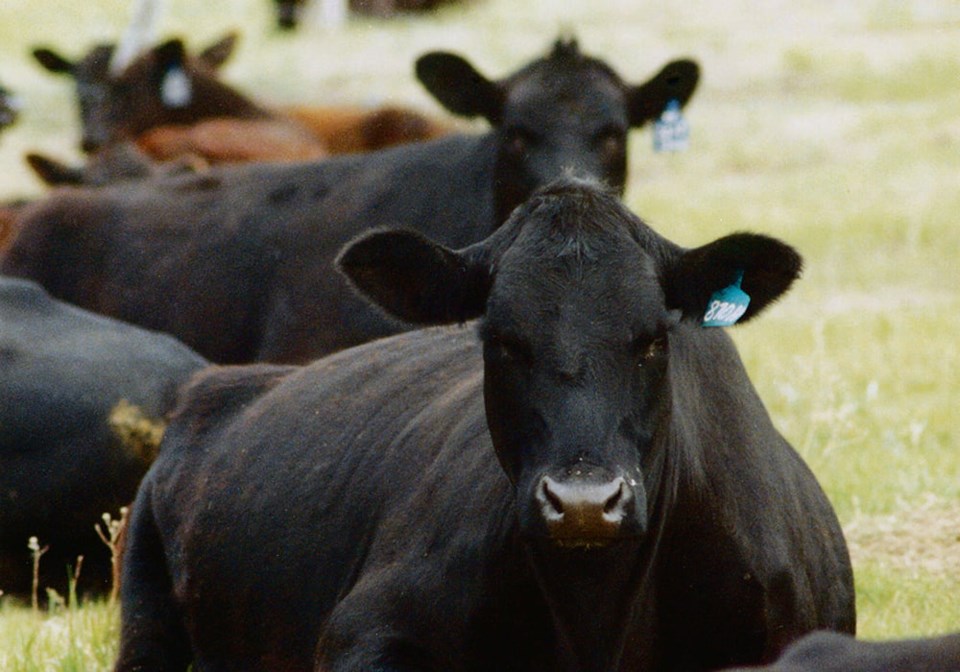WESTERN PRODUCER – In 2012, Canada was highly dependent on the United States for beef exports.
About 73 per cent of Canada’s beef and cattle, by volume, were shipped to America that year. Fast forward a decade and little has changed. In 2023, 75 per cent of Canada’s beef was exported to the U.S.
The consistency in volume may be surprising because the federal government and the beef industry have emphasized trade diversification for the last 15 years.
In the 2010s, Canada signed free trade deals with South Korea and Europe and agreed to the Trans Pacific Partnership, a trade pact that includes Japan and 10 other Pacific nations.
In addition, in 2018 Prime Minister Justin Trudeau appointed Jim Carr to the international trade diversification post as part of an effort to shift trade away from America.
“In the light of the hostility that U.S. President Donald Trump’s administration has shown toward Canada as a trading partner, having the government focus on non-U.S. markets is an extreme need for Canada,” wrote Western Producer reporter Ed White in 2018.
“It’s good to see that the government gets this, and it’s good that it is signalling to us that it does.”
Despite that emphasis, Canada’s beef industry is still heavily reliant on the U.S. as a customer.
That’s true, said Dennis Laycraft, executive vice-president of the Canadian Cattle Association, but the country’s beef industry is succeeding with diversification.
It has built markets in Japan, South Korea, Mexico and elsewhere, which have become reliable outlets for Canadian beef, he said.
A good example of that success is what happened with China, two years ago.
“In 2022, when we found that case of atypical (BSE), China suspended all imports of beef from Canada. (We) moved past that without any problems….
“We’re not vulnerable to one country… because we had Japan. We had Korea. We had Mexico. We’re seeing growth right now into Vietnam,” Laycraft said. “That’s what you hope to have with diversification, to have that resilience.”
As well, Canadian beef exporters have built overseas markets for cuts of meat that are unpopular in North America.
“In Japan, I’ve seen beef tongues selling at a higher price than strip loin,” Laycraft said. “Chuck rolls. They get sliced very thin…. They’ll be served in a hot pot and different types of (recipes in Asia).”
Developing those sales has added value to the beef processed in Canada, because it increases returns per carcass.
According to Canfax calculations, “we get an extra $1,245 an animal, because we’re getting the right product to the right customer,” Laycraft said. “Our strategy has been to diversify beyond the U.S…. Not from the U.S.”
Adding value to every carcass is a win, but American trade policy can be fickle.
The beef export market is not 100 per cent certain, as demonstrated this March when the U.S. released the final rules for the Product of USA label on meat, poultry and eggs.
The new rules tighten the voluntary label and could become a problem for Canadian exporters.
“(It) will ensure that when consumers see “Product of USA,” they can trust the authenticity of that label and know that every step involved, from birth to processing, was done here in America,” said U.S. agriculture secretary Tom Vilsack.
Canadian agriculture minister Lawrence MacAulay quickly responded to the U.S. announcement, saying the rules were disappointing and concerning.
“We are reviewing the final rule carefully and will closely monitor its impacts and implementation … to ensure our meat sector can continue to enjoy predictable and unhindered access to the United States market,” the minister said.
The CCA is aware that further disruptions to trade are a risk, but it is committed to its U.S. relationships.
“We spend not quite as much (time) in Washington as we do in Ottawa, but we have a very strong budget for working in the U.S.,” Laycraft said. “Whatever is going on there is almost as important as what’s going on in Ottawa.”
Given the long history of free trade in North America, Laycraft is confident that sanity will prevail on trade of beef and cattle between the two countries.
“At the end of the day, there’s so much benefit for Canada and the U.S. in the relationship.




